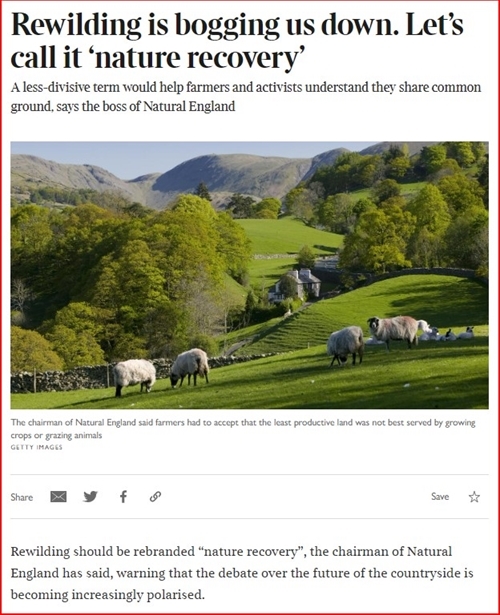Alastair Leake, GWCT Director of Policy
2 minute read
As the food producers and the rewilders battle it out over their polarised vision of what our future landscapes should look like, it's good to see the Chairman of Natural England, Tony Juniper, talking sense about how we need to build multifunctional landscapes which deliver different layers of outcomes (Sunday Times 21st June 2022).

This is an approach that we have always taken at the Allerton Project, which Tony visited a few years ago, memorably Tweeting on his journey home (by train, of course) "an excellent example of a farm joining up all the dots". By this he meant how we balance food production, wildlife, carbon, water management, sustainable construction, and recreational demands ensuring no single objective dominates the management plan.
At Allerton this does bring some challenges, but we overcome these through a shared belief within the Team working here that we are constantly trading off one aspect against another, without fear or favour.
If we are going to achieve the same in other landscapes then we need to adopt the same thought process, and at the moment this is where things are going wrong. There is no better example to learn from than the experience in Wales with the "Summit to Sea" Project, previously managed by an English-based organisation called "Rewilding Britain".
The lesson from this is you need to think about people, community, traditions and culture before you think about land abandonment, re-wilding, Landscape Recovery, nature recovery or anything else you want to call it. In most agricultural landscapes traditions run deep and agricultural history is embedded within the communities.
Farming is not just what people do, but it is who they are. Being told by outsiders that you are "unproductive" and that the land your family have nurtured for generations should be re-purposed for some other use is unlikely to be a good footing for building engagement.
Yet farmers and landowners can work together to expand their "outputs" beyond food; GWCT Farmer Clusters epitomise such an approach, beginning with the simple question "What wildlife would you like to see on your farm?". This is place we need to start from, not least because successful nature recovery in almost any form requires more human intervention, not less. Who better to do that than the people who know the land the best?